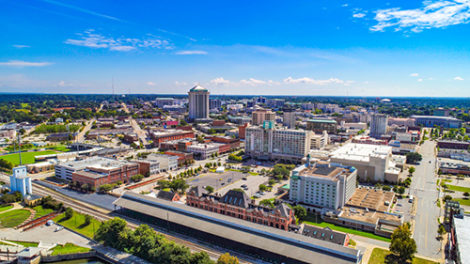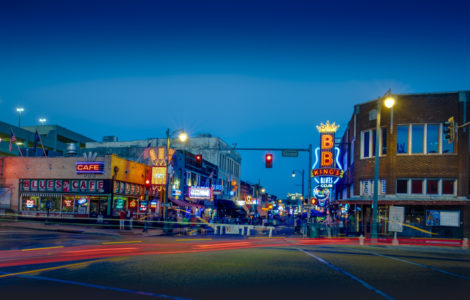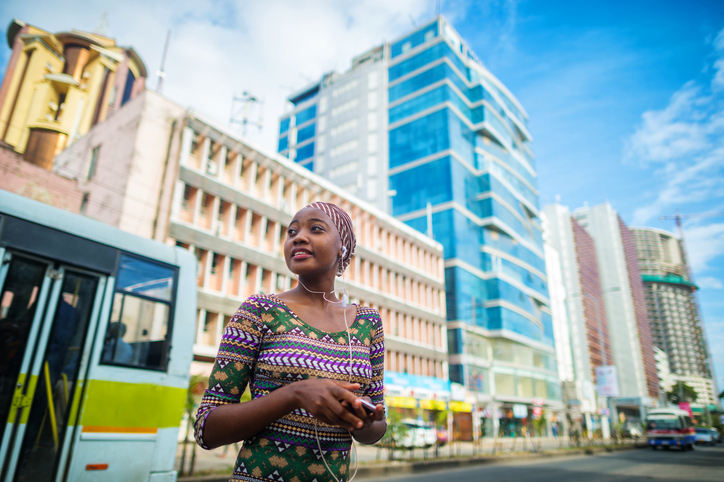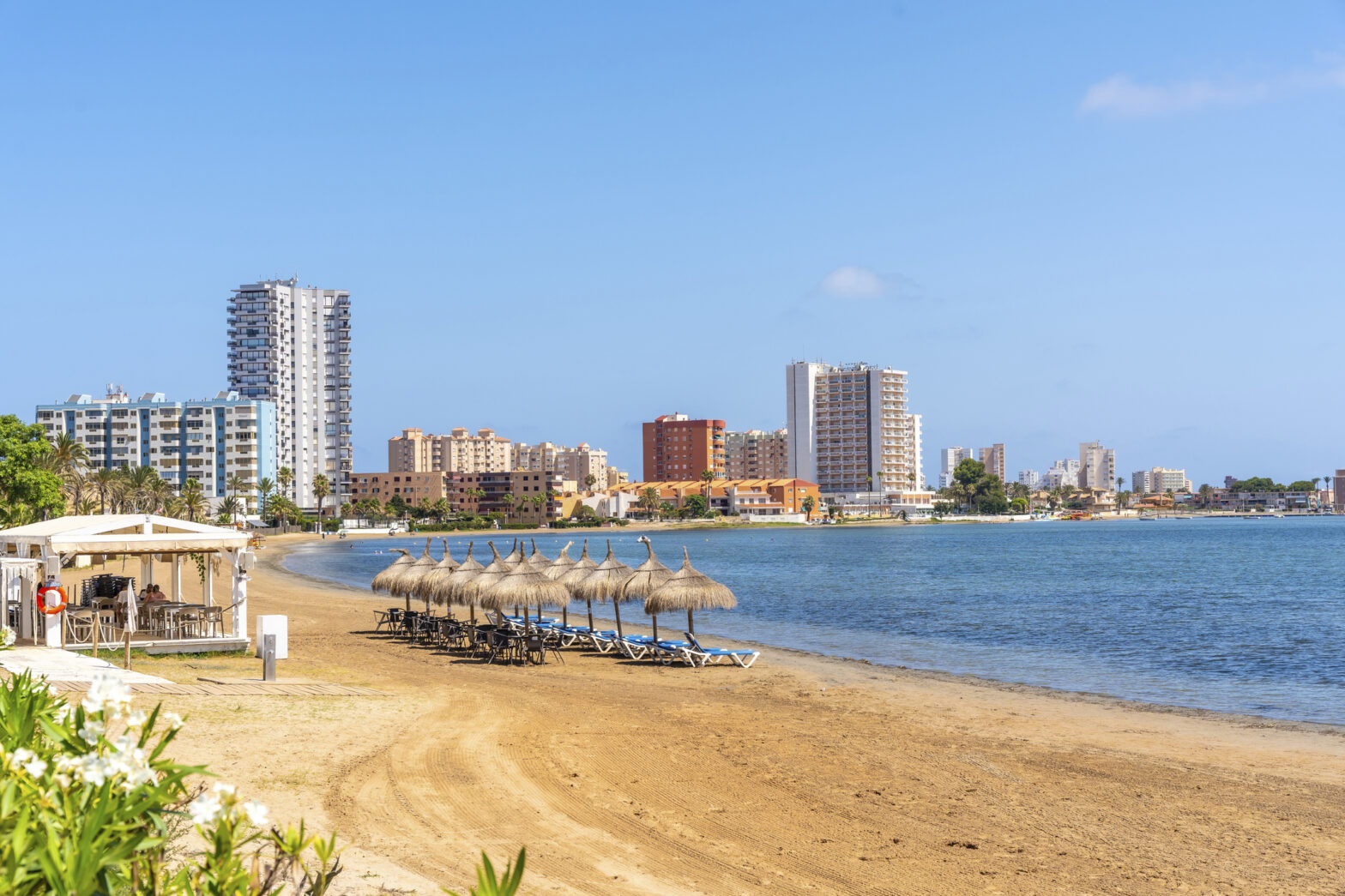It’s been more than 50 years since the Fair Housing Act of 1968 banned housing discrimination based on race, sex, national origin, and religion, and yet, in 2021 we still can put together an entire list of segregated cities.
A recent study by 24/7 Wall St. calculated the percentage of Black residents who live in predominantly Black census tracts — where at least 50% of the population is Black to determine the most segregated cities.
Here are the 10 most segregated cities in the U.S. according to what analysts found in the study.
10. Columbus, Georgia
View this post on Instagram
Columbus is one of four metro areas in Georgia to rank among the 25 most segregated cities in America, where an estimated 64% of Black residents live in predominantly Black neighborhoods. That’s more than three times the 19.5% national figure.
In Columbus, the poverty rate in Black neighborhoods is 28%. That’s more than two times greater than the poverty rate in majority-white neighborhoods at 12%.
9. Montgomery, Alabama

More than 60 years after the Montgomery, Alabama, bus boycott became the event recognized as the beginning of the U.S. civil rights movement, Montgomery remains one of the most segregated cities in America.
A little more than 65% of Black city residents live in majority-Black neighborhoods, compared to 19.5% of Black Americans nationwide.
In addition, 27% of residents in Black neighborhoods live in poverty, compared to 11% of residents in primarily white neighborhoods.
8. Cleveland, Ohio

Cleveland’s current segregation patterns can be traced back to discriminatory zoning practices and racial housing covenants used during the influx of Black residents in the early 20th century, according to the study.
67% of Black residents in Cleveland live in predominantly Black neighborhoods, far more than the 19.5% national figure. More than 31% of residents of predominantly Black neighborhoods live in poverty, roughly three and a half times the 9% poverty rate in majority-white neighborhoods.
7. Detroit, Michigan

During the Great Migration in the 20th Century, Detroit residents fought to keep new Black residents seeking auto factory jobs out of their neighborhoods.
As Detroit deindustrialized during the 20th century, large waves of wealthy white families left the city center for the suburbs, draining the city’s tax base and leaving the poorer residents with fewer public services and less infrastructure.
Nearly 70% of Black residents in the Detroit metro area live in predominantly Black neighborhoods — more than three times the 19.5% national figure.
6. Monroe, Louisiana
Monroe is one of six metro areas in Louisiana to rank among the most segregated cities in America. An estimated 72.2% of Black residents live in predominantly Black neighborhoods, more than double the 19.5% national figure and the sixth-largest share of any U.S. metropolitan statistical area.
In the Monroe metropolitan area, roughly 14% of residents in predominantly white neighborhoods live in poverty, while 42% of residents in predominantly Black neighborhoods do — one of the largest gaps of any U.S. city.
5. Memphis, Tennessee

An estimated 72% of the Black population in the Memphis metropolitan area live in neighborhoods where more than half of the residents are also Black, far more than the 19.5% national share.
In Memphis, 17% of adults in majority-Black neighborhoods have a bachelor’s degree, compared to 36% of adults in majority-white neighborhoods — one of the larger gaps in college attainment of any metropolitan area.
The income gap between Black and white households in Memphis is just over $33,000.
26% of residents of Black neighborhoods live in poverty — nearly three times the 9.5% poverty rate in primarily white neighborhoods.
4. Albany, Georgia
View this post on Instagram
Albany is one of four Georgia metro areas to rank among the most segregated cities, where an estimated 72% of Black residents live in predominantly Black neighborhoods.
In Albany neighborhoods where more than half of the population is Black, at least 35% of residents live in poverty.
15% of the labor force in predominantly Black neighborhoods in Albany is unemployed, far more than the 10% comparable national figure and the 7% unemployment rate in majority-white neighborhoods in the metro area.
3. Jackson, Mississippi
View this post on Instagram
An estimated 74% of Black residents in Jackson, Mississippi, live in predominantly Black neighborhoods – more than 3.5 times the national figure.
In Jackson, Black residents are more than three times as likely to live in poverty as white residents.
2. Milwaukee, Wisconsin
View this post on Instagram
A little more than 74% of Black residents in the Milwaukee metro area live in neighborhoods where the majority of residents are Black, compared to 19.5% of Black Americans living in majority-Black neighborhoods nationwide.
An estimated 30% of residents in majority-Black neighborhoods in Milwaukee live below the poverty line, nearly four times the 7.8% poverty rate for majority-white neighborhoods.
According to the study, Milwaukee’s segregation patterns can be traced back to discriminatory appraisal maps drawn up by the Home Owners Loan Corporation.
Neighborhoods just north of downtown Milwaukee, such as Halyard Park, Hillside, and Haymarket were deemed hazardous for investment, with assessors citing the area’s African American population as a threat to property values.
1. Pine Bluff, Arkansas
View this post on Instagram
Pine Bluff, Arkansas, was the site of a student sit-in movement in 1963 and currently, Pine Bluff is the most segregated metro area in the country.
More than 80% of the city’s Black population live in predominantly Black neighborhoods – more than four times the 19.5% national figure.
Pine Bluff is one of America’s poorest cities and has relatively small achievement gaps between white and Black neighborhoods.
It is one of only two metro areas in which a larger share of residents have a bachelor’s degree in Black neighborhoods than white neighborhoods.





